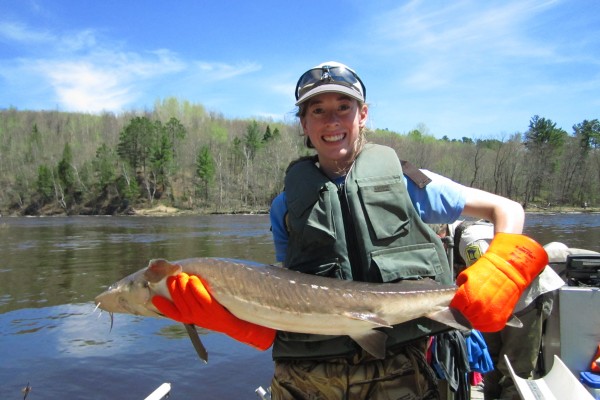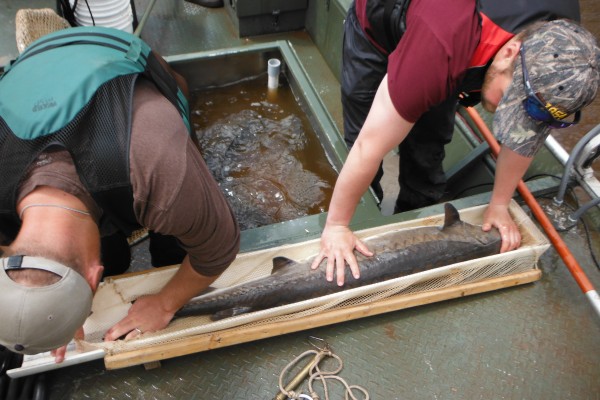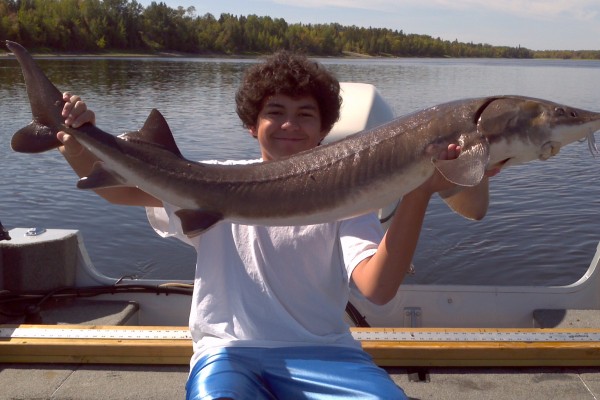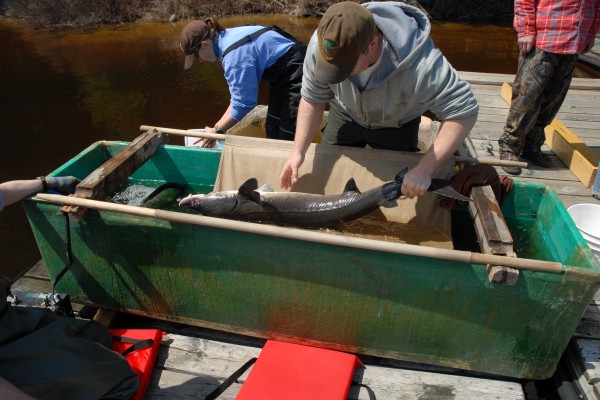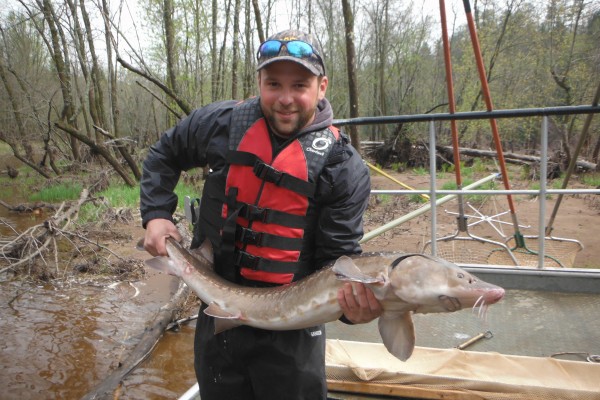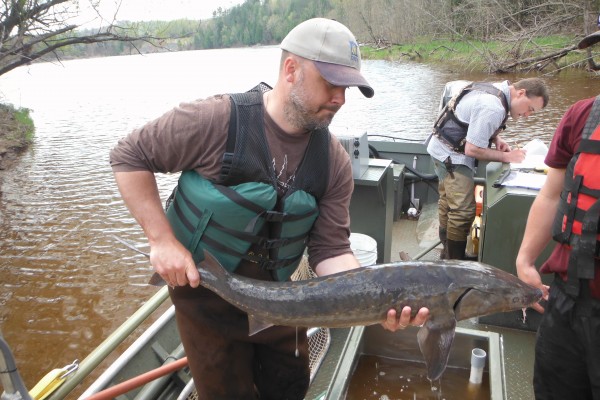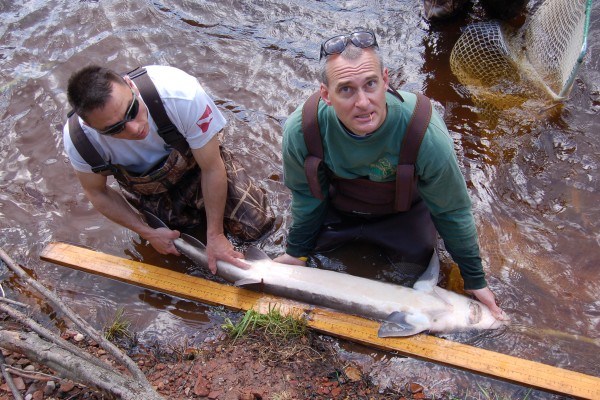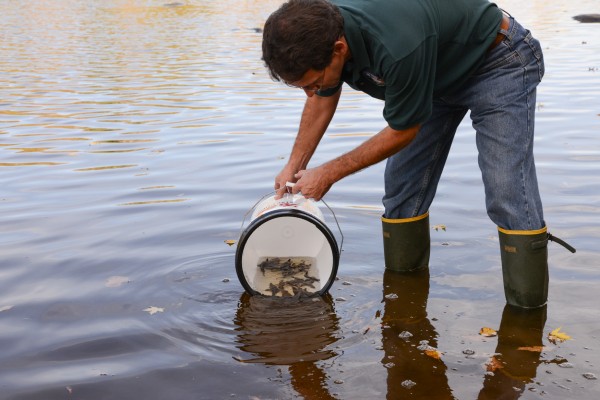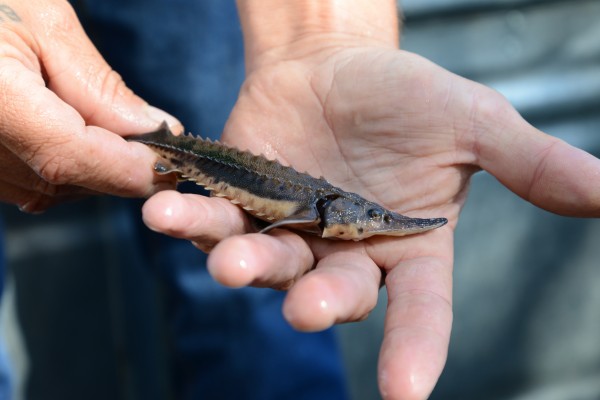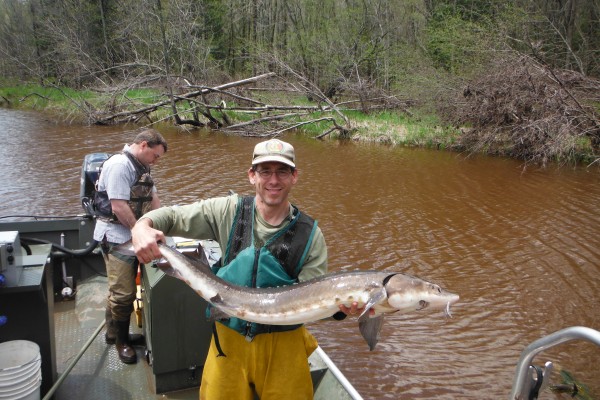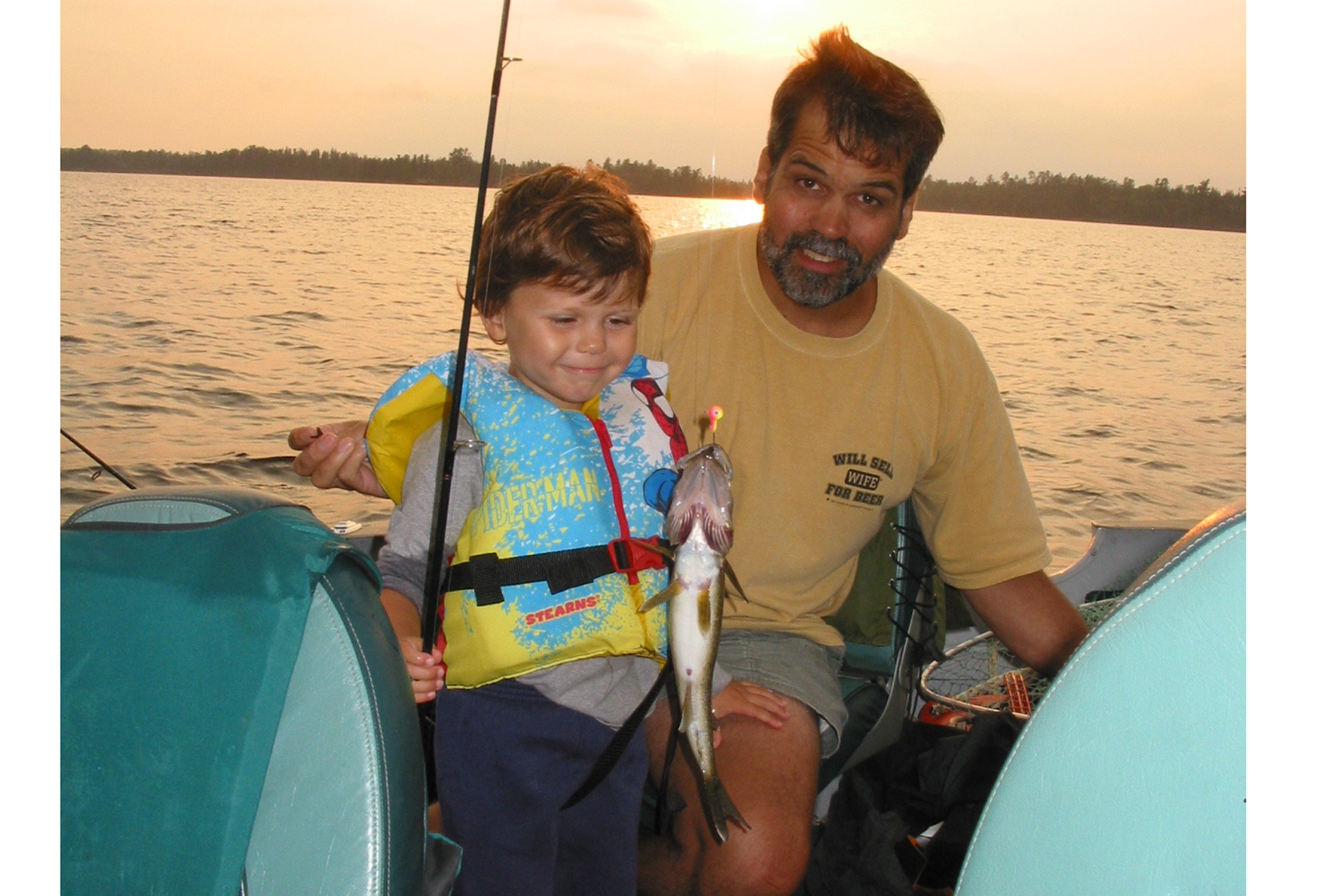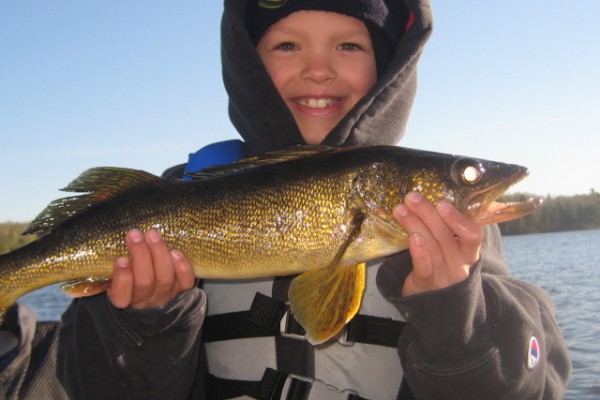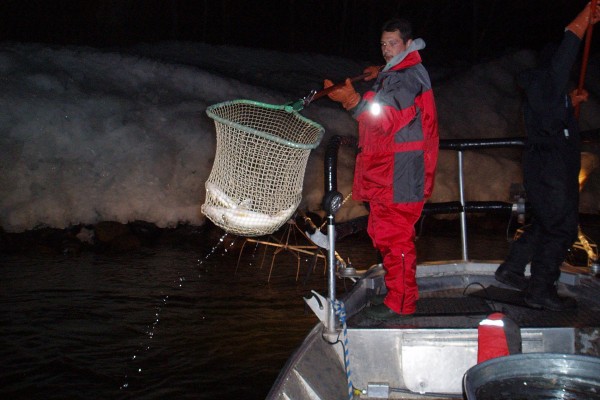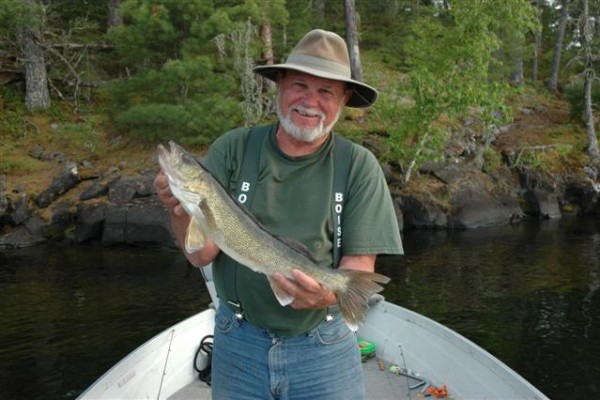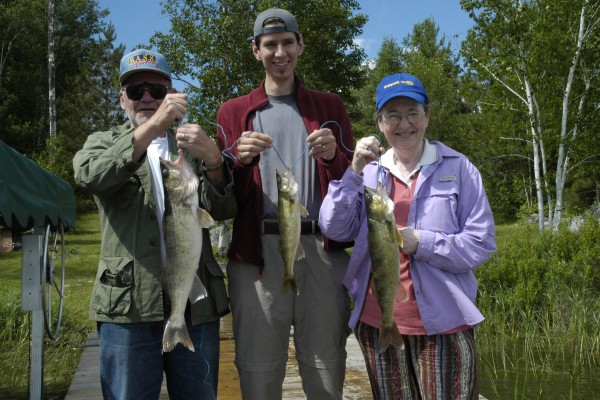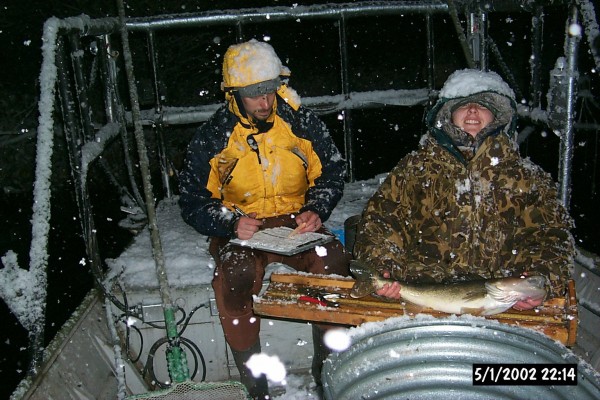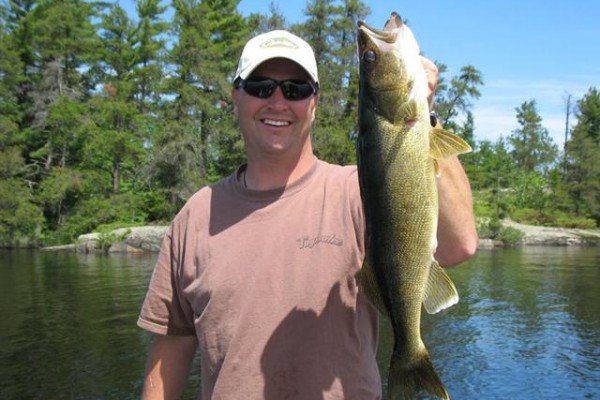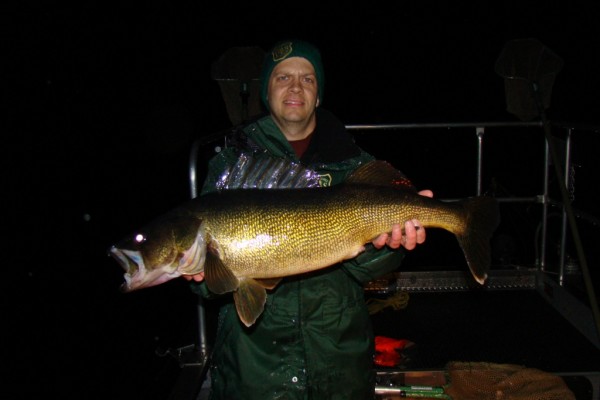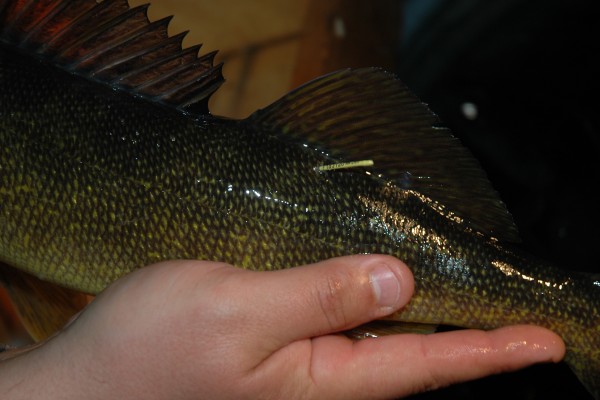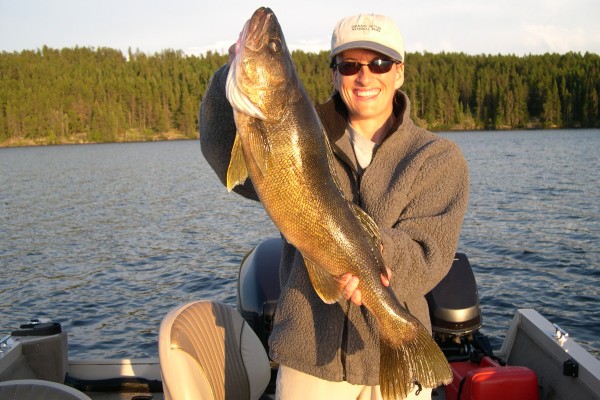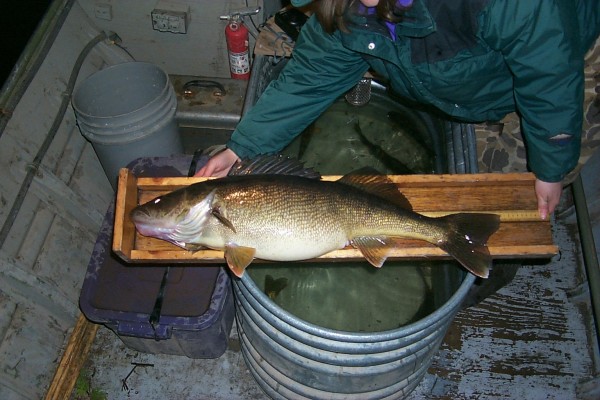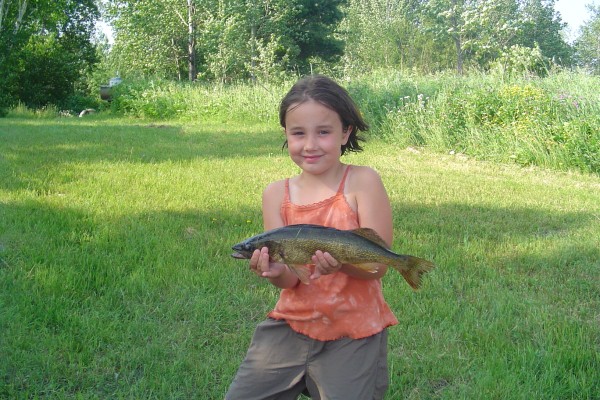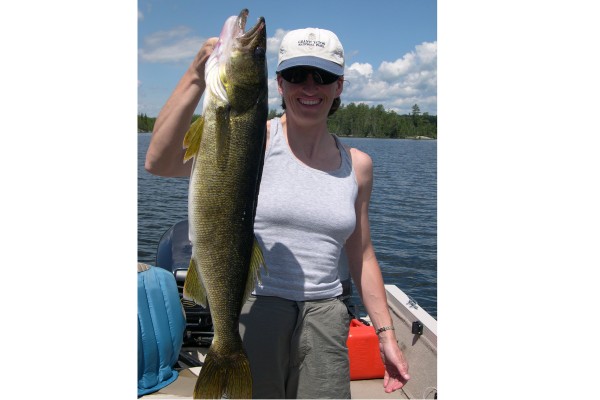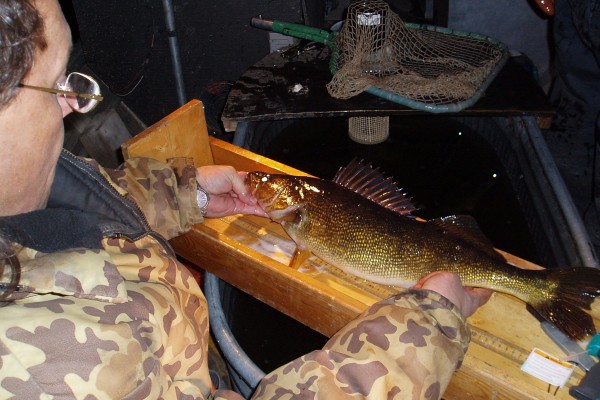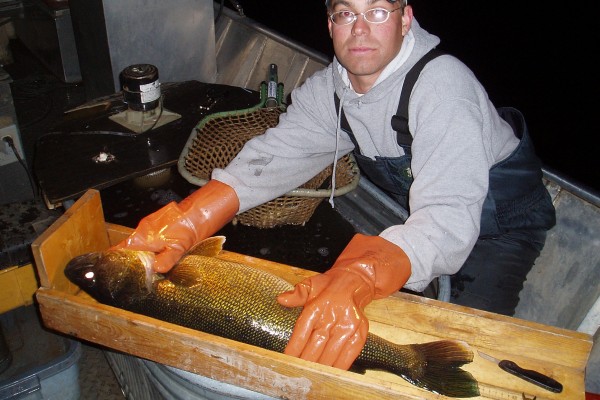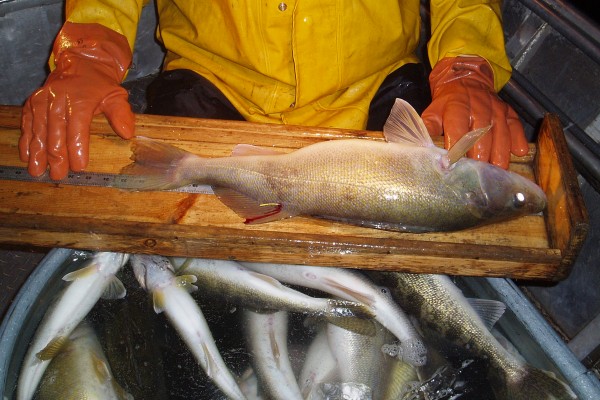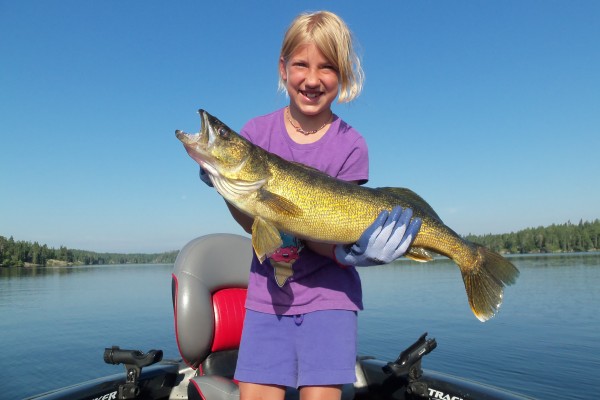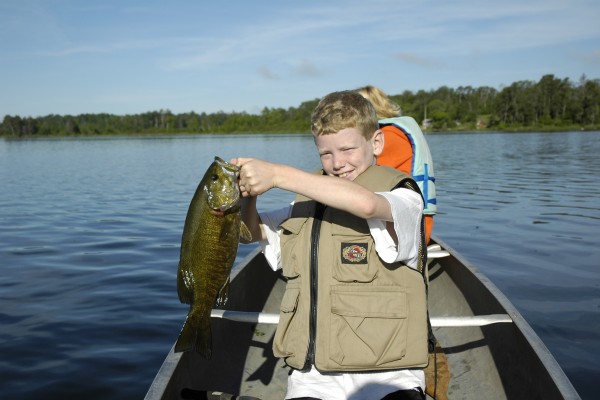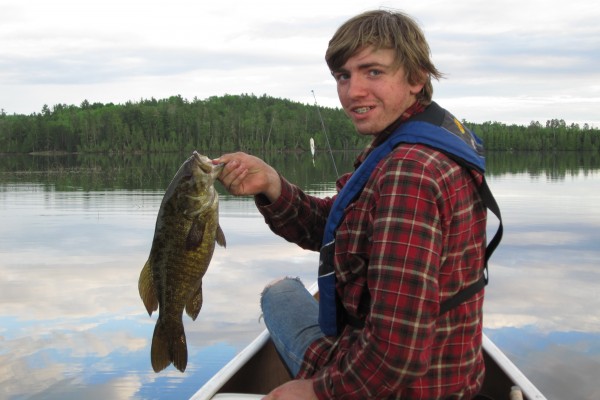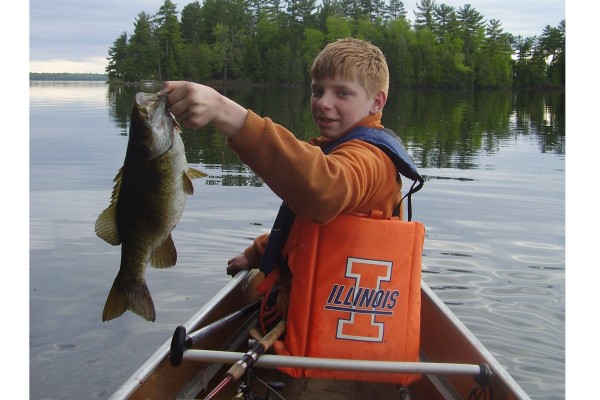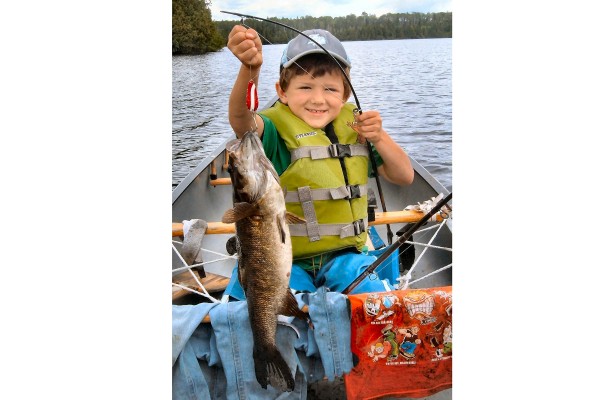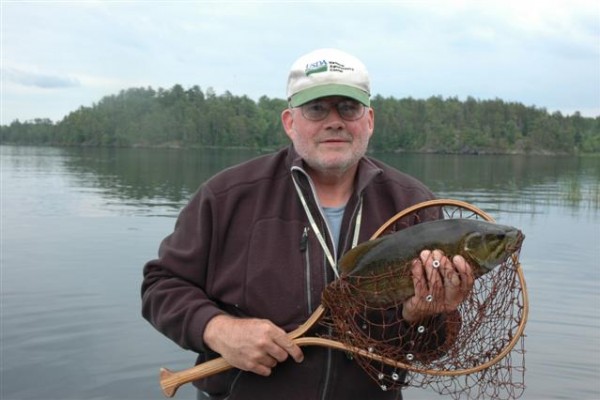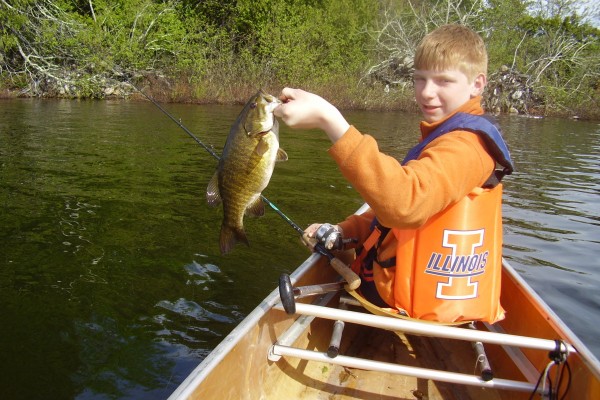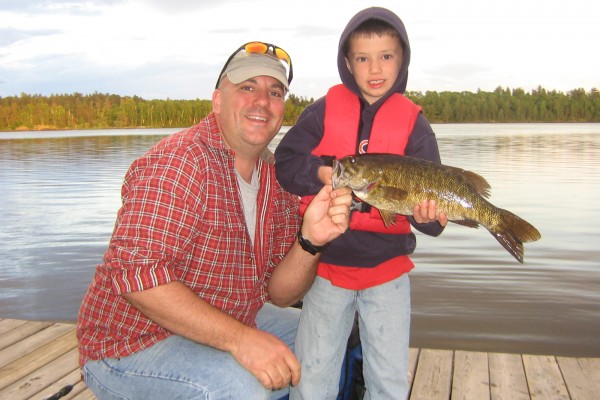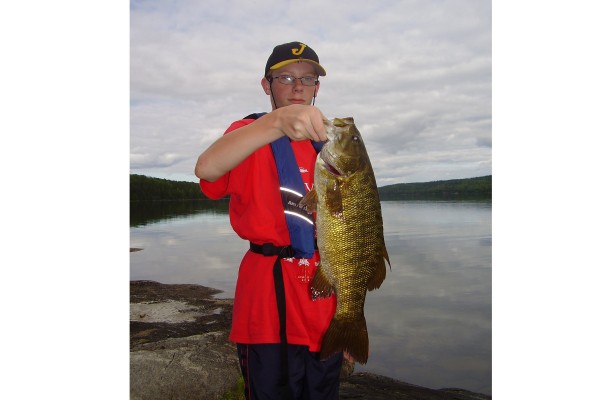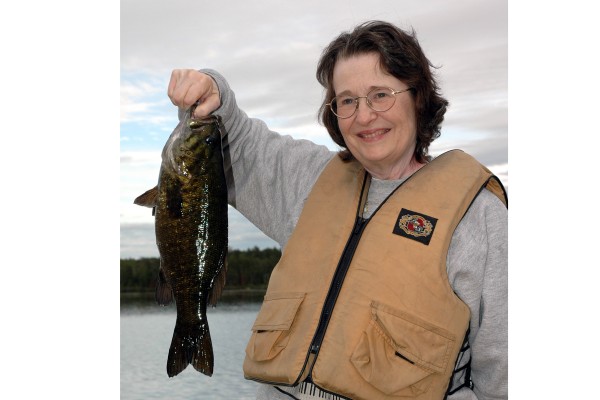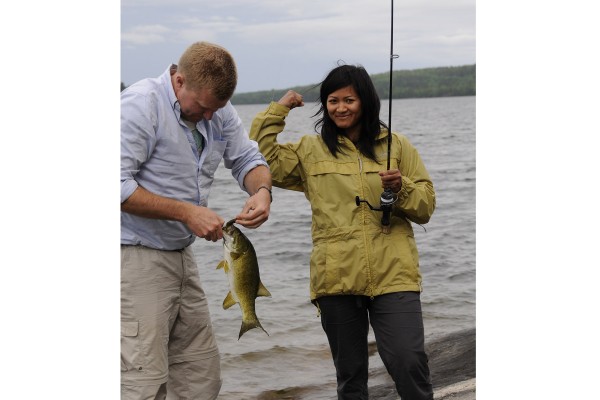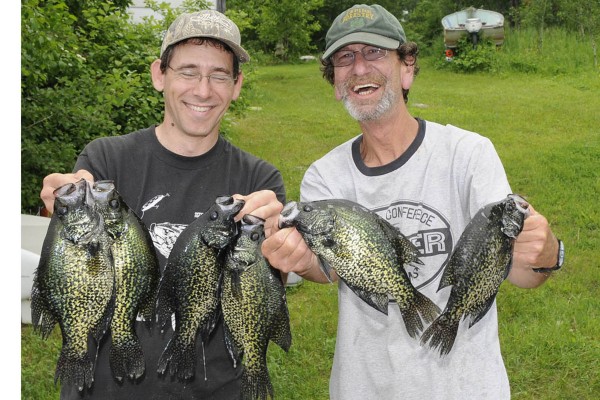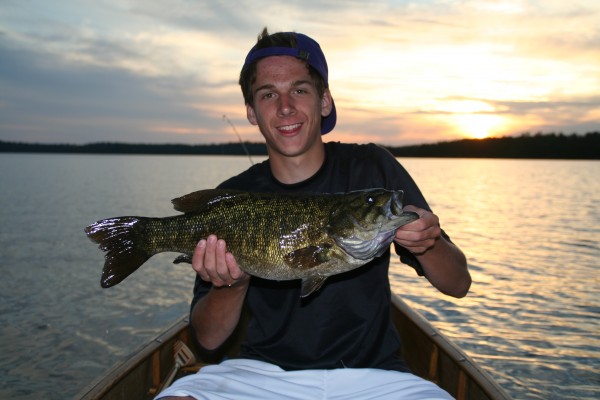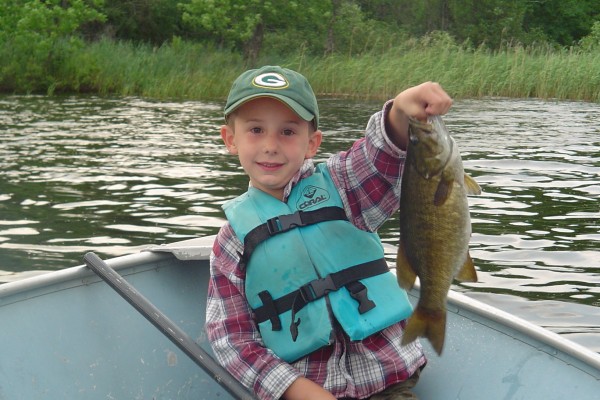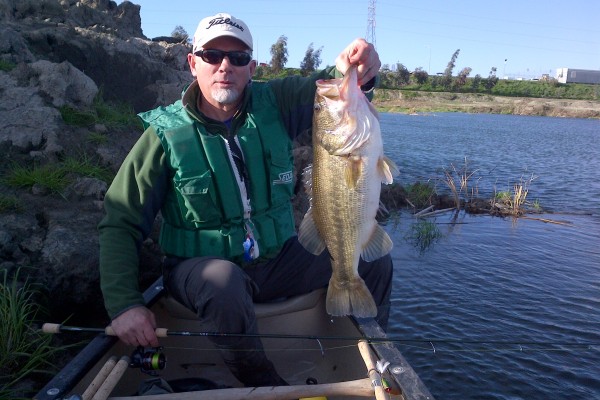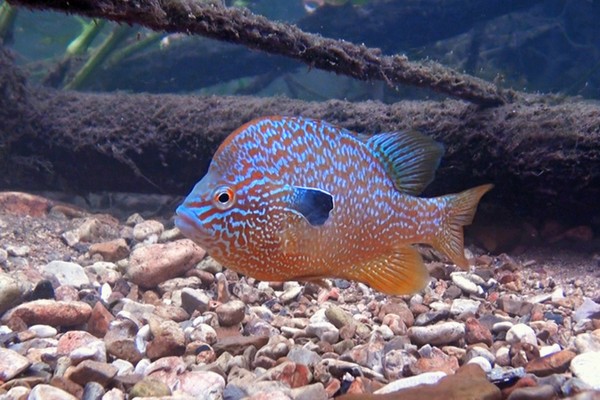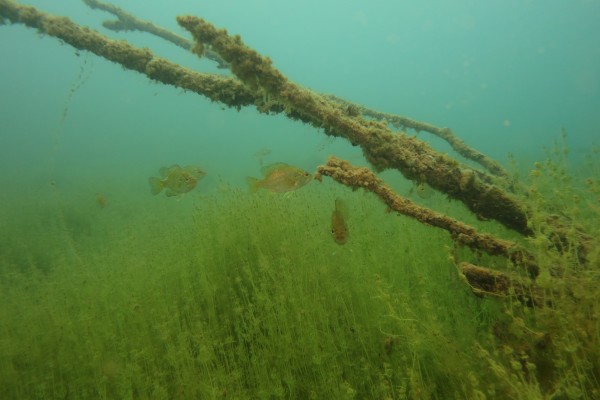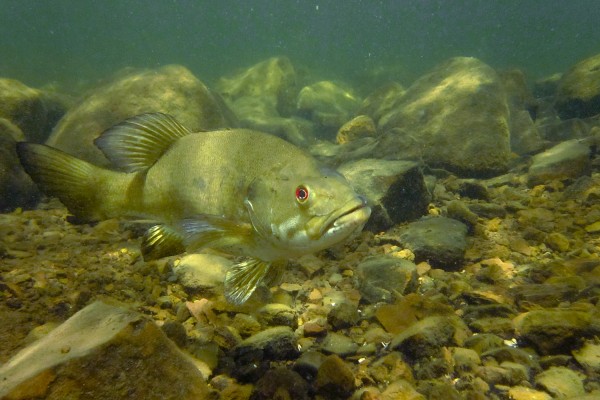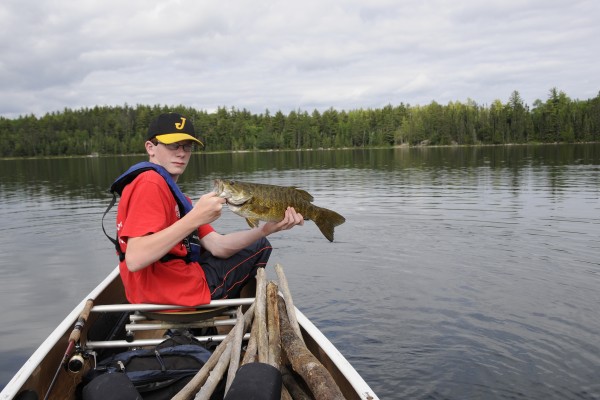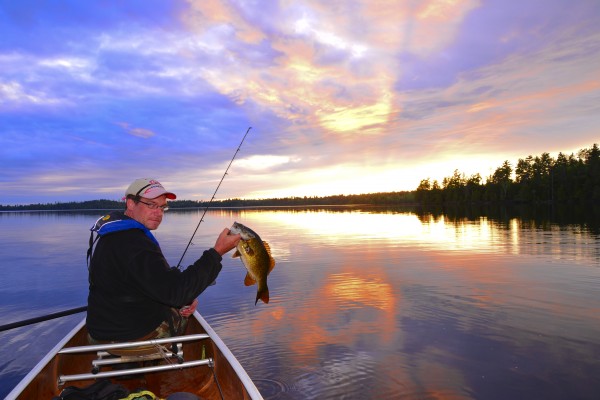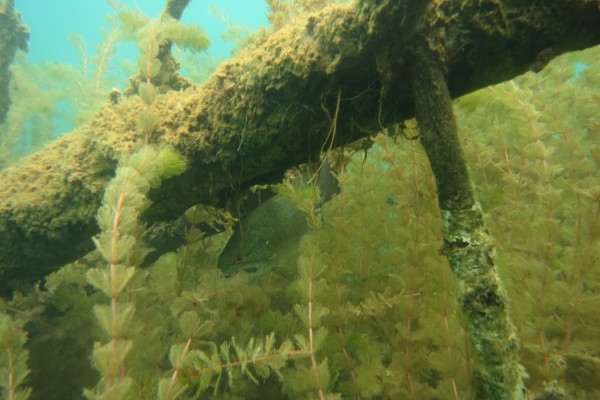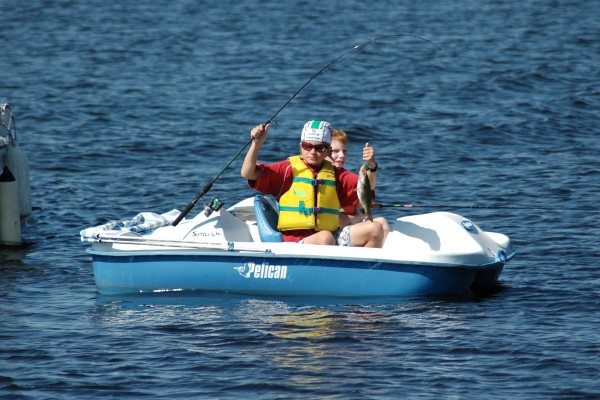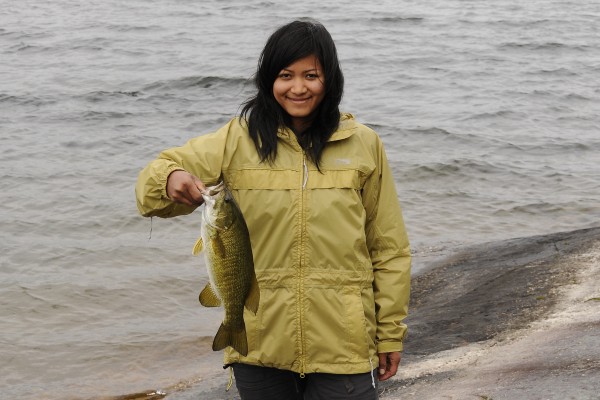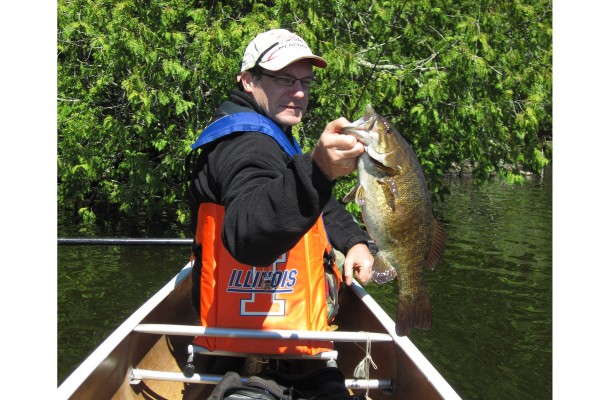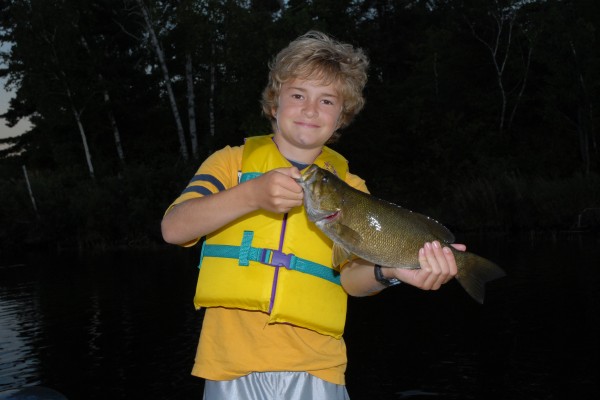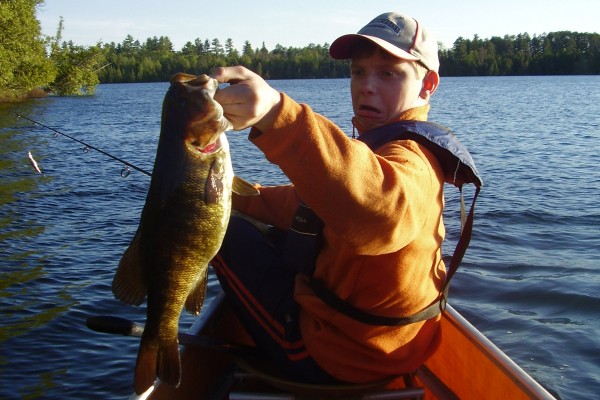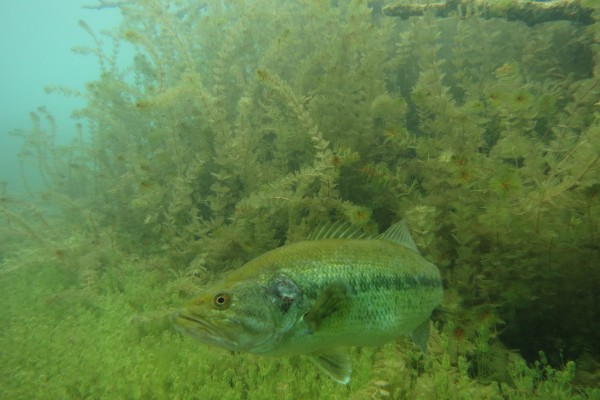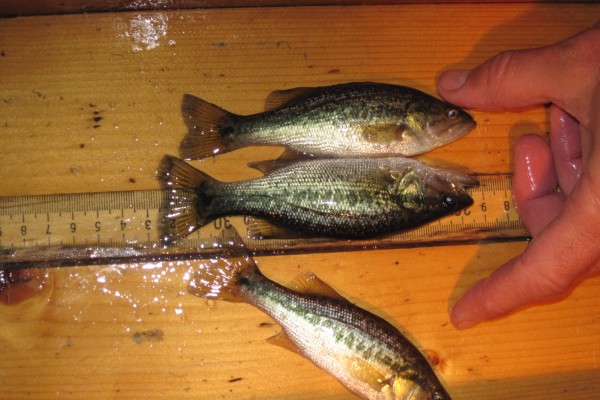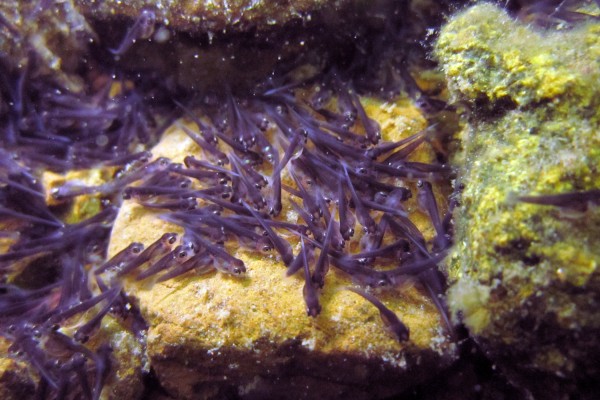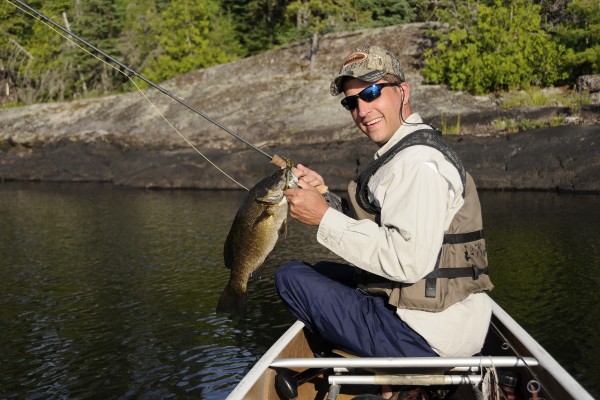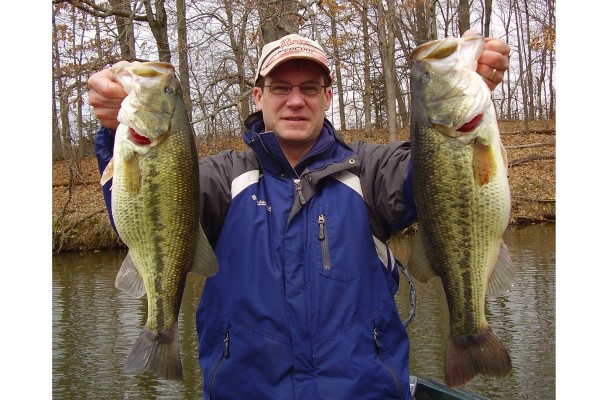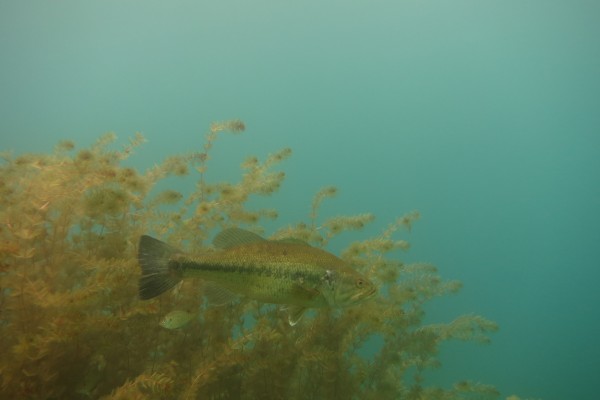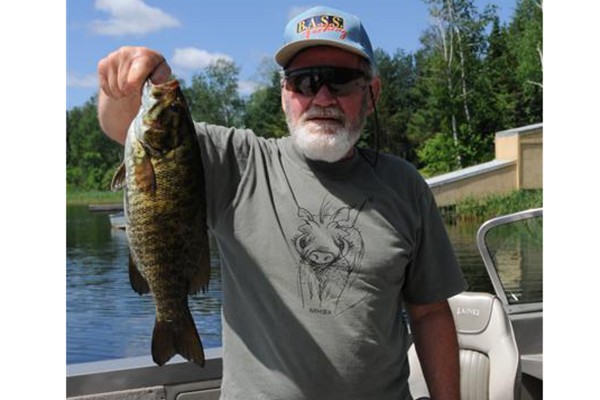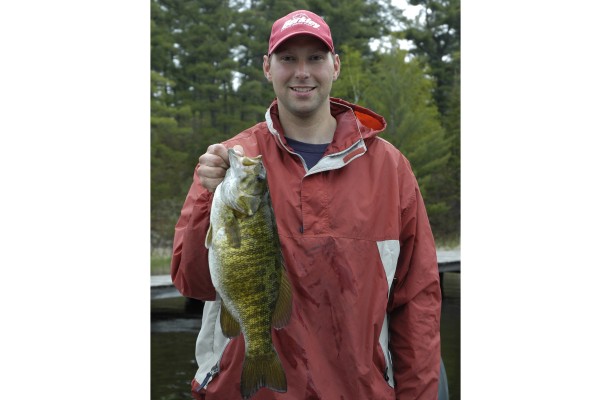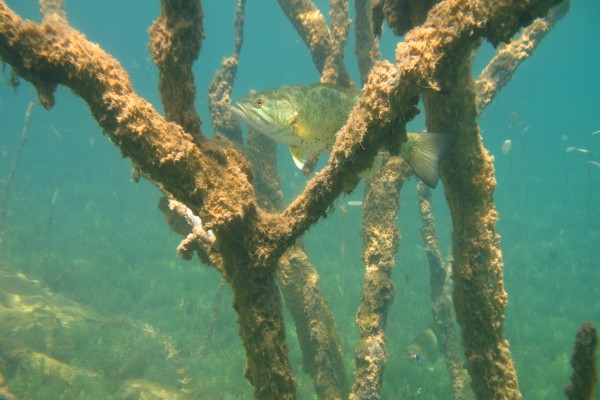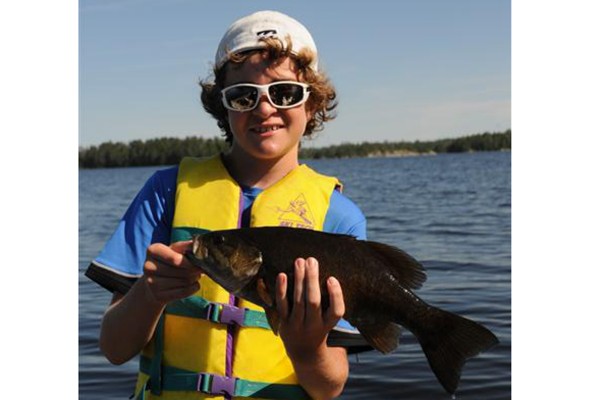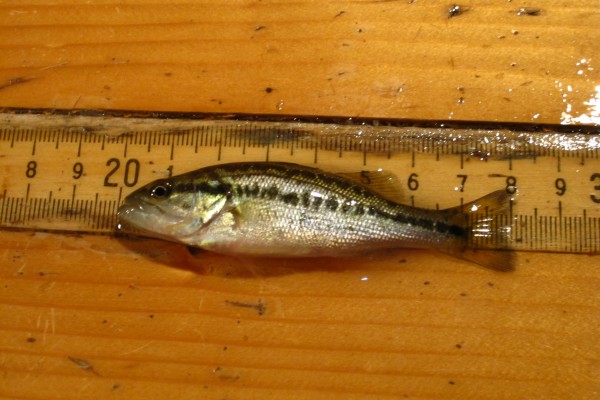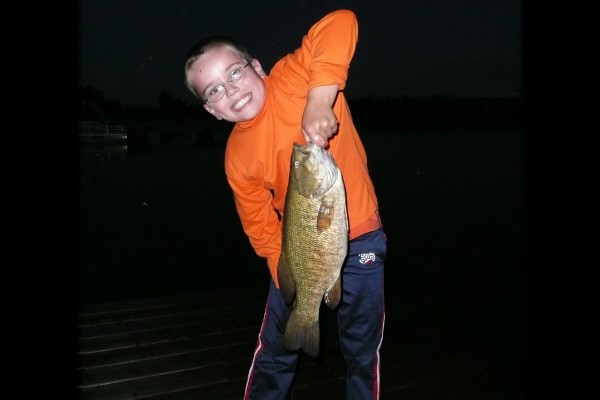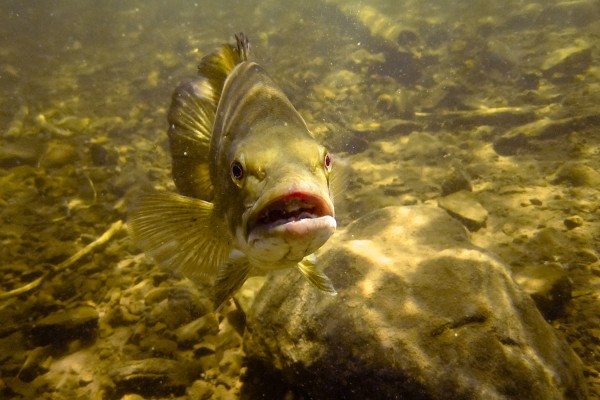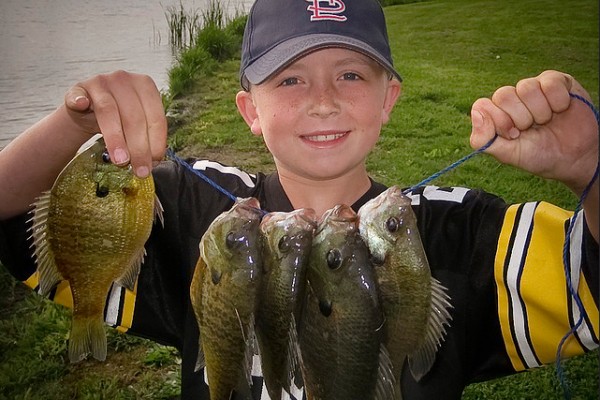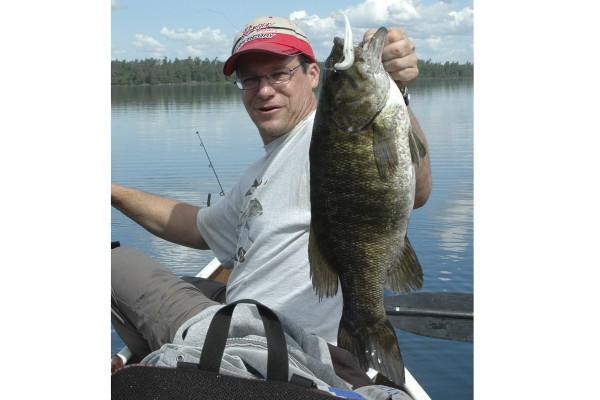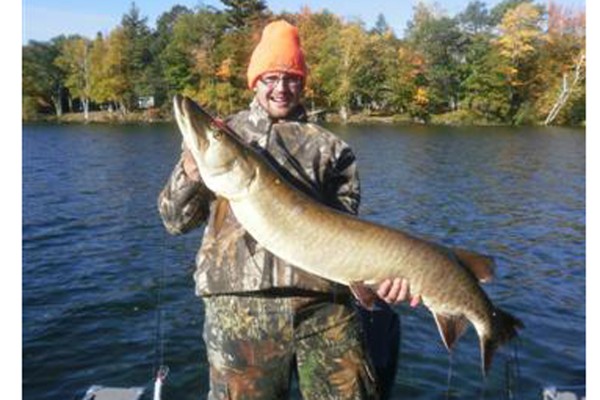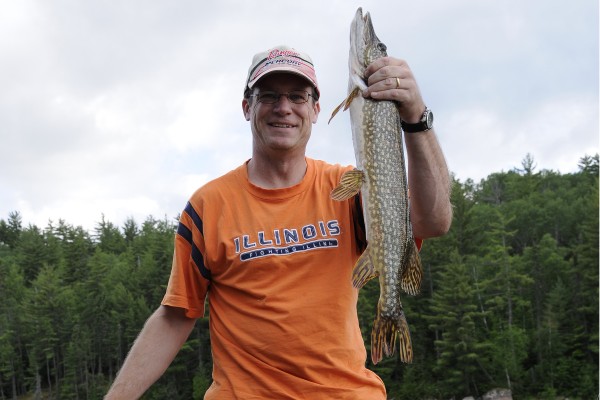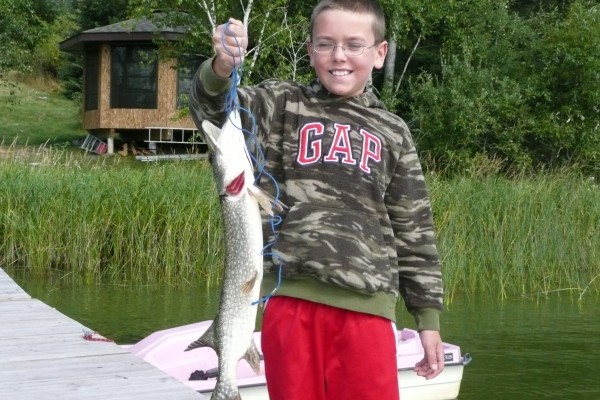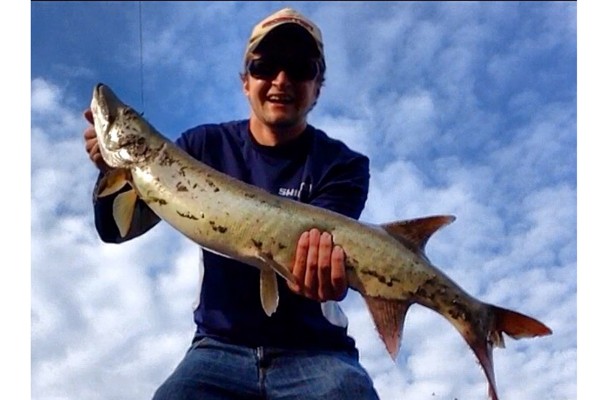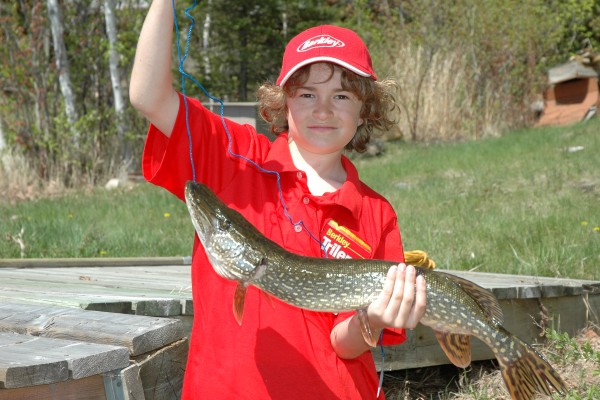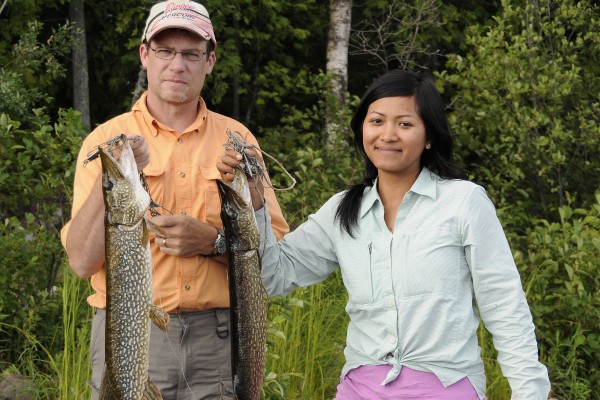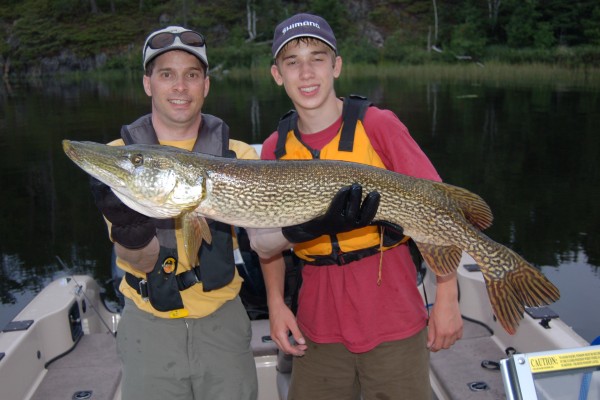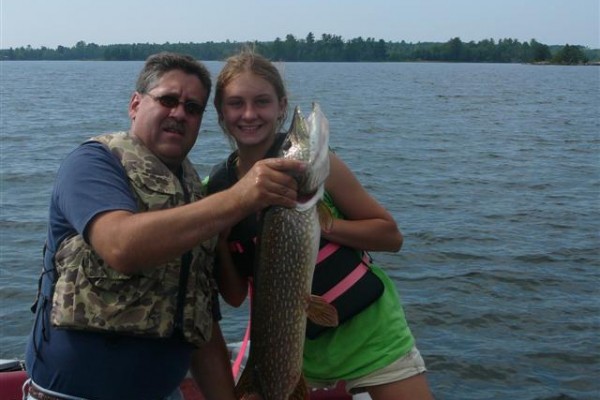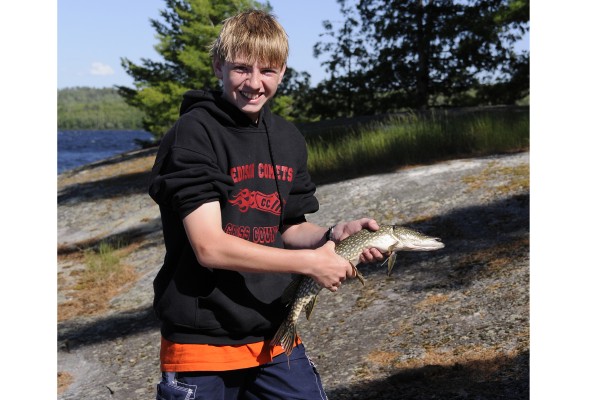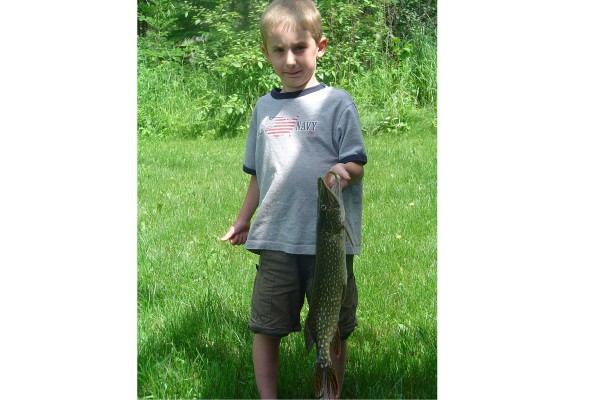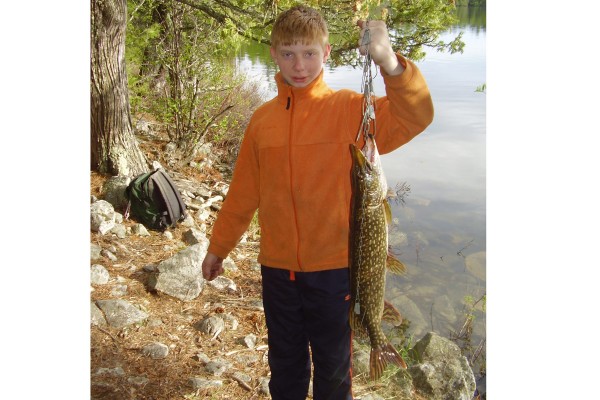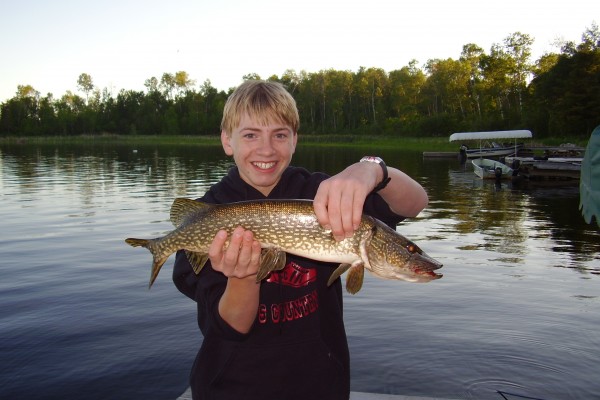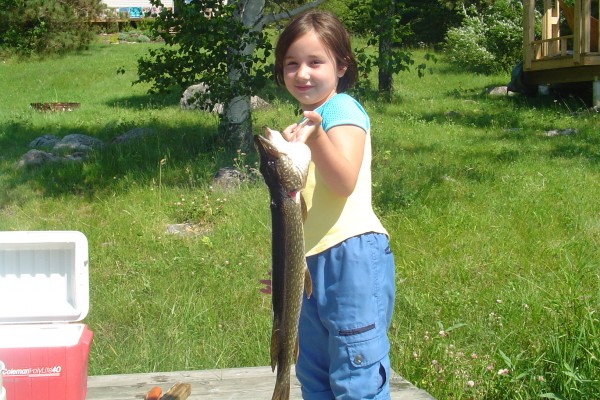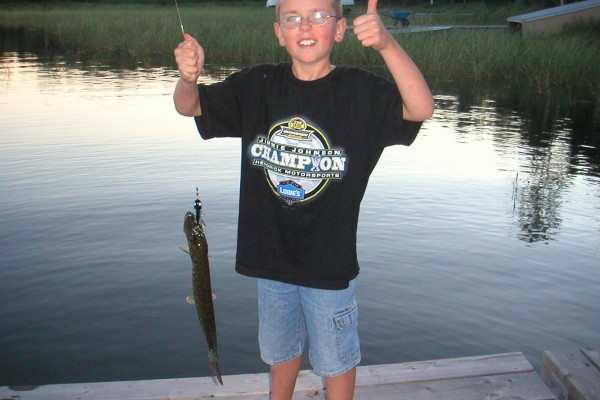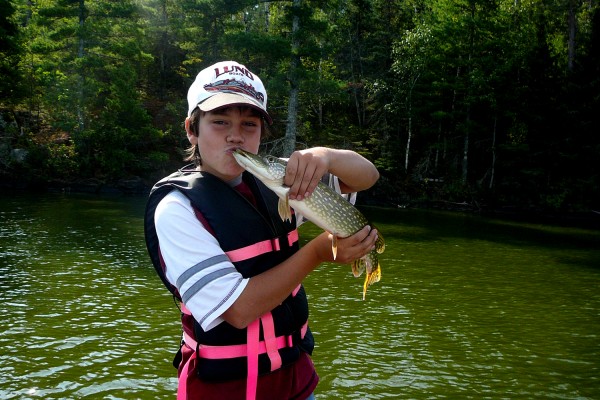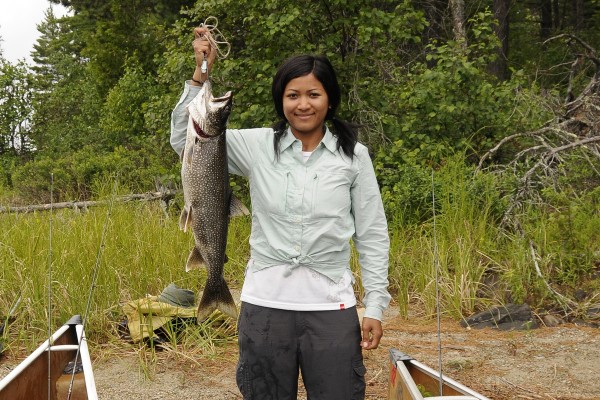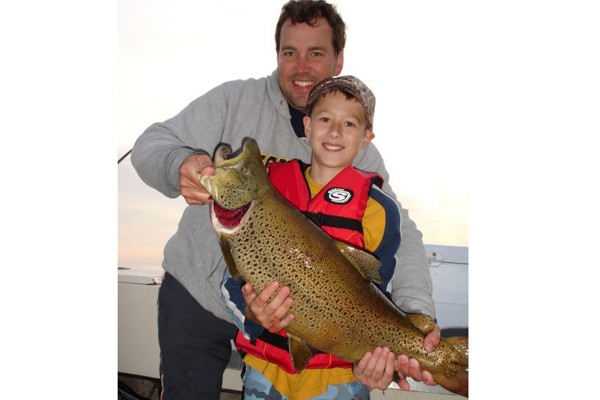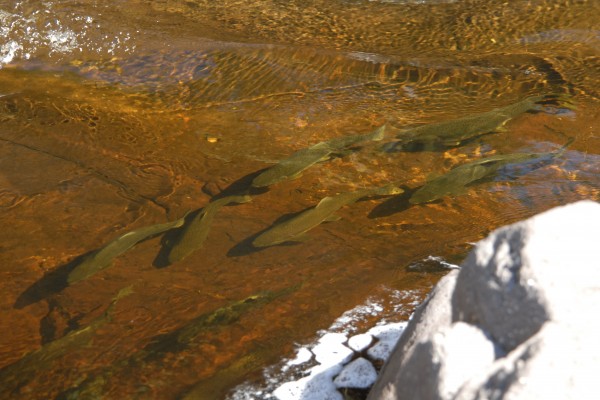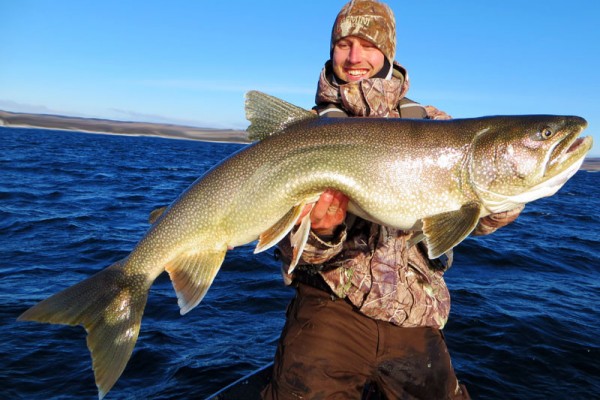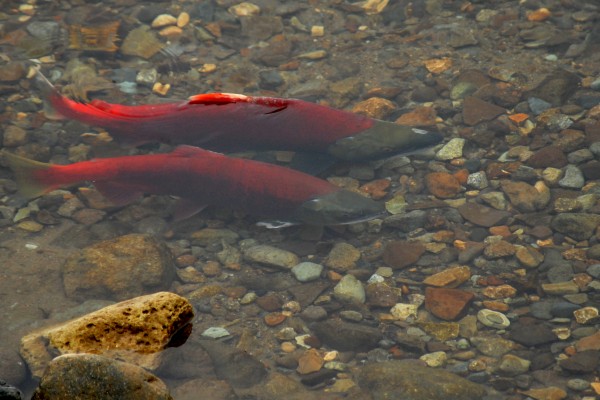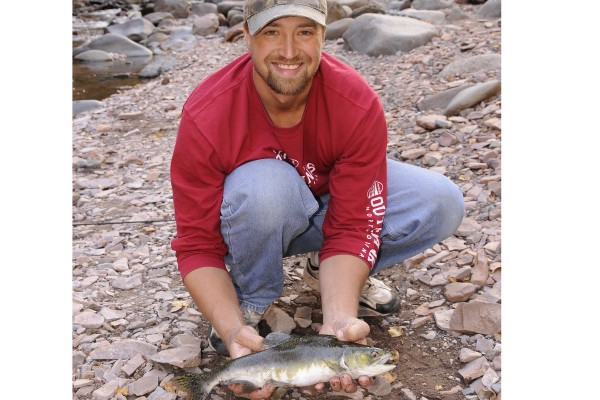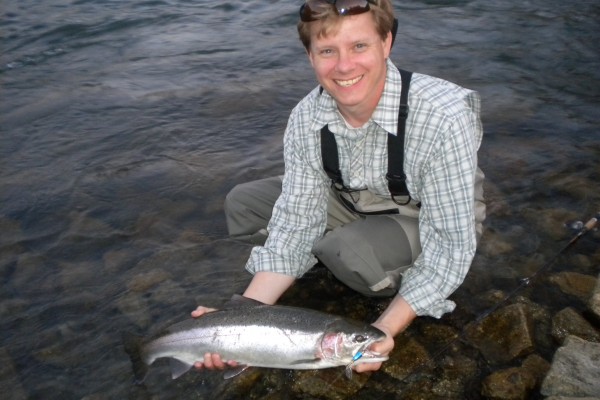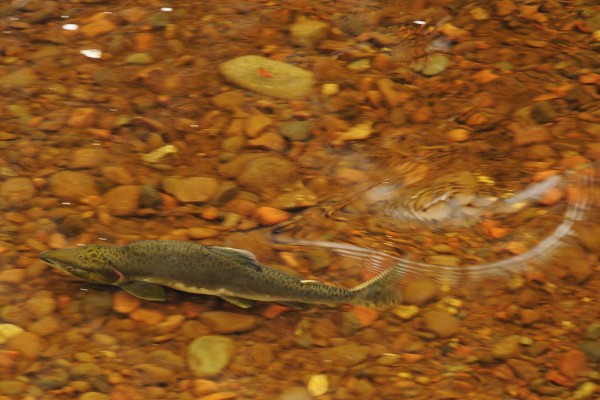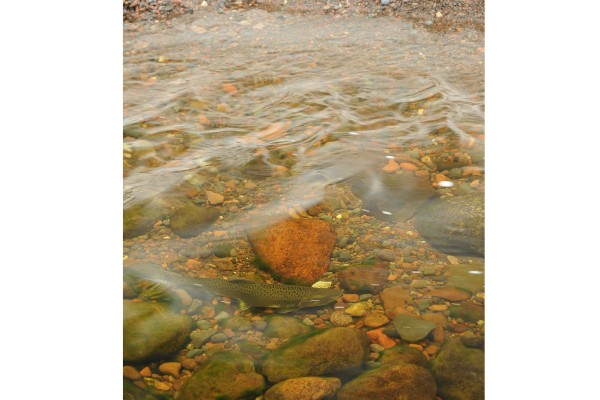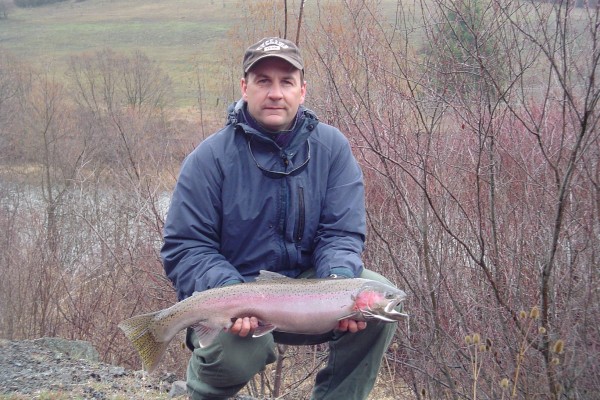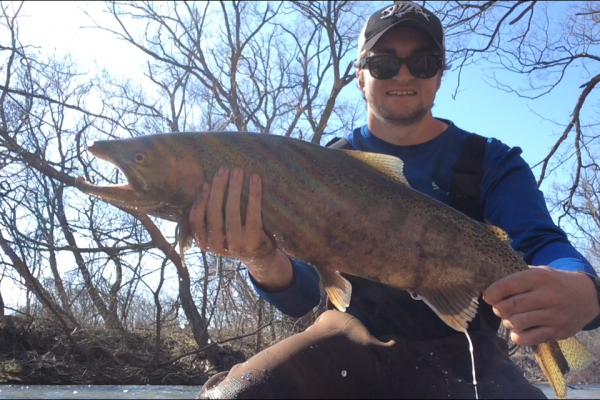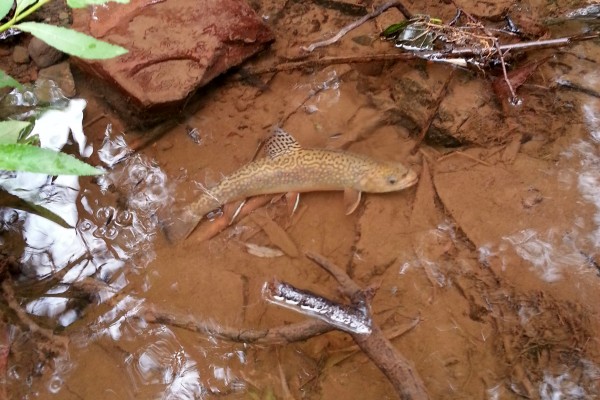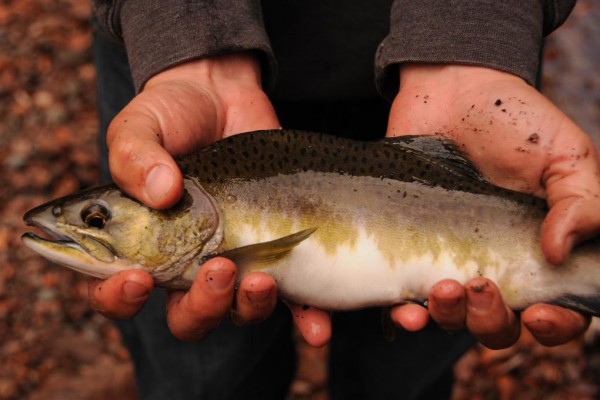- OVERVIEW OF THE STRATEGIC PLAN AND PLANNING PROCESS
An ad hoc committee drawn from the geographical extent of the North Central Division (NCD) of the American Fisheries Society (AFS) was recruited voluntarily to revise the Strategic Plan of NCD. Revision of the Strategic Plan primarily sought (1) to align NCD Goals and Objectives with those of AFS and (2) to position NCD to make significant contributions to fisheries management, research, and education in the region. Importantly, the 2012-2015 NCD Strategic Plan seeks to better coordinate on-the-ground activities of the local Chapters and Subunits with those of NCD Technical Committees, other Divisions of AFS, and the Parent Society itself. Hence, the Strategic Plan defines the role NCD should play in facilitating and leading fisheries management, research, and education efforts in the region.
The Planning Process
Revision of the NCD Strategic Plan began in mid-2010 and continued through 2011. Although no set process for Strategic Plan revision exists, most previous revisions occurred in tandem with or shortly after revisions of the Parent Society Strategic Plan. Hence, with the release of AFS 2020 Vision (http://www.fisheries.org/afs/about_sp)—the Parent Society’s 2010-2014 Strategic Plan—in late 2009, an impetus for revision of the NCD Strategic Plan existed. The NCD Strategic Plan Revision Committee sought to follow a format similar to that of AFS 2020 Vision, grouping activities according to Fisheries Leadership, Education/Continuing Education, and Value of Membership. Aligning strategic plans in this manner improves focus and communication.
The Draft AFS NCD 2012-2015 Strategic Plan was posted for more than 30 days through March
- No comments were received. The Strategic Plan was re-posted for an electronic vote of the NCD membership, which was open for more than 30 days, beginning March 20. All members received notice via the listserve and website to vote on one of the following responses by May 1, 2012:
__Yes, to Adopt the 2012-2015 Strategic Plan
__No, Against Adoption of the 2012-2015 Strategic Plan
__Abstain (neither approve nor disapprove)
__Reopen discussion (draft needs more review)
Thirty-eight members voted with 36 voting to adopt, one abstaining and one voting to reopen discussion. Therefore, approval of the plan passed with greater than a two-thirds vote.
The Strategic Plan: Making it Work
Planning for the sake of planning wastes valuable time and effort. To make the strategic planning useful, then, the finalized Strategic Plan must form an essential aspect of Parent Society, Division, and Chapter and Subunit activities. With this goal in mind, the 2012-2015 NCD Strategic Plan serves to provide a road map for NCD to serve as a regional fisheries leader; to identify opportunities to provide education; and to demonstrate the value of membership at Chapter, Division, and Society levels. Further, the 2012-2015 NCD Strategic Plan identifies ways for the Division to facilitate information transfer, communication, and activities between Chapters and the Parent Society.
To coordinate activities between the Parent Society and the local Chapters while also moving toward making the revised Strategic Plan useful, the Revision Committee developed and distributed a survey of the NCD membership to better understand what roles they felt NCD should fill and how the Strategic Plan should function (Witter 2011). Many important aspects of the Strategic Plan which follows come directly from this survey. Overall, NCD members indicated that they preferred a document that provided vision rather than operational detail, essentially identifying roles and objectives rather than specifying particular activities on which Chapters should focus. The survey is online at: http://www.ncd- afs.org/pages/default/strategicplan.htm
- VISION OF THE FUTURE AND OF NCD
Transition was an overarching theme for responses to the NCD Strategic Plan Revision Survey of members. Positioning the NCD as a regional authority for fisheries information while also serving the NCD membership by providing relevant communication between local Chapters and the Parent Society and educational enhancement opportunities will rely heavily on responding directly to membership needs. Specifically, in the NCD survey instrument, respondents identified three main issues to which NCD should respond during the period of this Strategic Plan. These issues include:
- A rapid shift in administration from older to younger employees;
- Increasing demographic diversity; and,
- Broad global- and continental-scale effects that influence species, populations, communities, ecosystems, and landscapes throughout the NCD.
With changing demographics throughout state, provincial, and federal agencies a dialog between more experienced staff and newly-promoted workers will be needed to “bridge the gap” between several generations in the workforce. The essential challenge will be to retain historical knowledge and technical experience while facilitating new approaches to management and communication. Concurrently, while women continue to comprise a growing segment of the fisheries management community, other ethnic groups remain under-represented. Finally, a full recognition of the integrated aspects of regional fisheries with those outside the region due to international trade, economic activities, biosecurity, invasive species, and climate change, among other processes must be recognized to more fully understand the proper role of NCD.
- GOALS, OBJECTIVES, AND STRATEGIES
Goal 1: Regional Fisheries Leadership
Objective 1.1. Deliver unbiased authoritative scientific information to decision-makers, particularly focusing on the challenging impact of global and landscape-level changes.
Strategies
- Inventory members to assess their expertise and interest in participating in development of briefing documents or serving as direct sources of information for decision-makers.
- Via the Division web site, establish points of contact for key issues such as aquatic invasive species, contaminants, water pollution, aquatic habitat, fishery regulation and management to allow rapid access to the resources of the Society.
- In addition to Society policy statements and other peer-reviewed documents, identify fisheries resource and aquatic ecosystem issues that need to be explained or clarified for decision-makers and develop briefing documents to address these issues.
- Host interactive panel discussion of complex fisheries resource and aquatic ecosystem issues at the regional level, and include other natural resource professional and scientific organizations with common goals in the discussion.
- Establish relationships with decision-makers so that they understand the breadth and value of scientific information available via the Society, Division, and Chapters.
- Identify decision-makers new to their positions, meet with them, and introduce them to the Society and connect them with peers in other jurisdictions.
Objective 1.2. Enable staff to participate in development of key regional consensus-based positions outside of constraints in their agencies.
Strategies
- Work with decision-makers to ensure that they understand the direct value accruing to their respective organizations of allowing their staff to participate in regional science- based collaborative
- Develop centers of excellence to tackle issues of concern to fisheries professionals and foster research utilizing existing data.
- Publicly recognize organizations that support participation in regional consensus-based position development activities.
- Communicate results freely to organizations that failed to participate, but may benefit from the results and encourage their future participation.
- Keep track of successes and positive resource benefits stemming from regional consensus-based activities and actively inform the media.
Objective 1.3. Support outreach by other entities (governments, nonprofits) that facilitates citizen understanding of and participation in critical fisheries issues.
Strategies
- Develop common language easy to understand briefing documents explaining critical fisheries and aquatic ecosystem issues and make these documents readily available on the Division web
- Encourage members to blog about current and emerging issues using existing social media.
- Open discussion groups on the Division web site to participation from members and the interested public.
Goal 2: Education/Continuing Education
Objective 2.1. Provide resources and opportunities for continuing education for Division members.
Strategies
- Survey members to determine what courses and topics are needed by students, young professionals, mid-career professionals, and late-career professionals.
- Identify academic training needed for a successful future workforce in the region.
- Promote training with experts in education, human dimensions, and community planning to better prepare Division members for engaging and empowering stakeholders as partners in resource management.
Objective 2.2. Remove impediments to training and meeting participation. Strategies
- Support local courses, particularly at the state level where agencies are unable to unwilling to provide these services.
- Develop and promote online tools and remote-participation opportunities.
- Encourage the Midwest Fish & Wildlife Conference to shift dates to a time when weather and university finals are less likely to interfere with attendance.
Goal 3: Value of Membership
Objective 3.1. Improve communication among AFS, NCD, Chapters, and Student Subunits. Strategies
- Provide avenues for sharing lessons learned between Chapters and Student Subunits within the Division, especially focusing on the exchange of knowledge between experienced and young
- Act as a conduit for information in both directions between Chapters, Student Subunits and the parent society.
- Partner with other regional organizations with common resource-related goals.
- Create guidance documents for new members, elected leaders, and student subunits with sample suggestions to jump-start unit ideas and actions.
- Develop NCD support for state’s planning and hosting the Midwest Fish and Wildlife Conference.
Objective 3.2. Revisit the value of NCD and AFS services. Strategies
- Modify unit awards to more broadly reward achievements across the Division.
- Investigate different levels of membership satisfaction among young professionals, mid- career, and retirees.
- Archive regional history at an appropriate location to properly document history and mentoring to transfer experience-based knowledge to guide future decisions.
Objective 3.3. Enhance participation of students and professionals at all levels of the Society to assure recruitment, retention, and leadership development into the future.
Strategies
- Recruit members with diverse demographic backgrounds and from additional fields of study than biology, fisheries, or aquatic ec Disciplines to consider include geology, environmental science, hydrology, water chemistry, forestry, and range management.
- Create remote-participation opportunities for Division leaders that may be unable to travel to planning and leadership meetings.
- Offer opportunities for online or remote access to Midwest Fish and Wildlife Conference, continuing education workshops, and other functions sponsored by NCD.
Objective 3.4. Facility use of the NCD strategic plan by its units (i.e., Chapters, Technical Committees, Student Subunits) and members.
Strategies
- Provide guidance to unit officers on how the plan can be used to guide annual work plans.
- Create an online forum for submitting NCD Subunit and Chapter annual reports.
- Track achievements by NCD units and NCD leadership against the plan’s objectives and visually display progress on NCD’s website.
References
Witter, D.J. 2011. AFS NCD 2011-2015 Strategic Plan Survey Final Report. Prepared for: 2011-
2015 Strategic Plan Revision Committee, North Central Division, American Fisheries Society. DJ Case & Associates, Mishawaka, IN. (http://www.ncd- afs.org/pages/default/strategicplan.htm)

